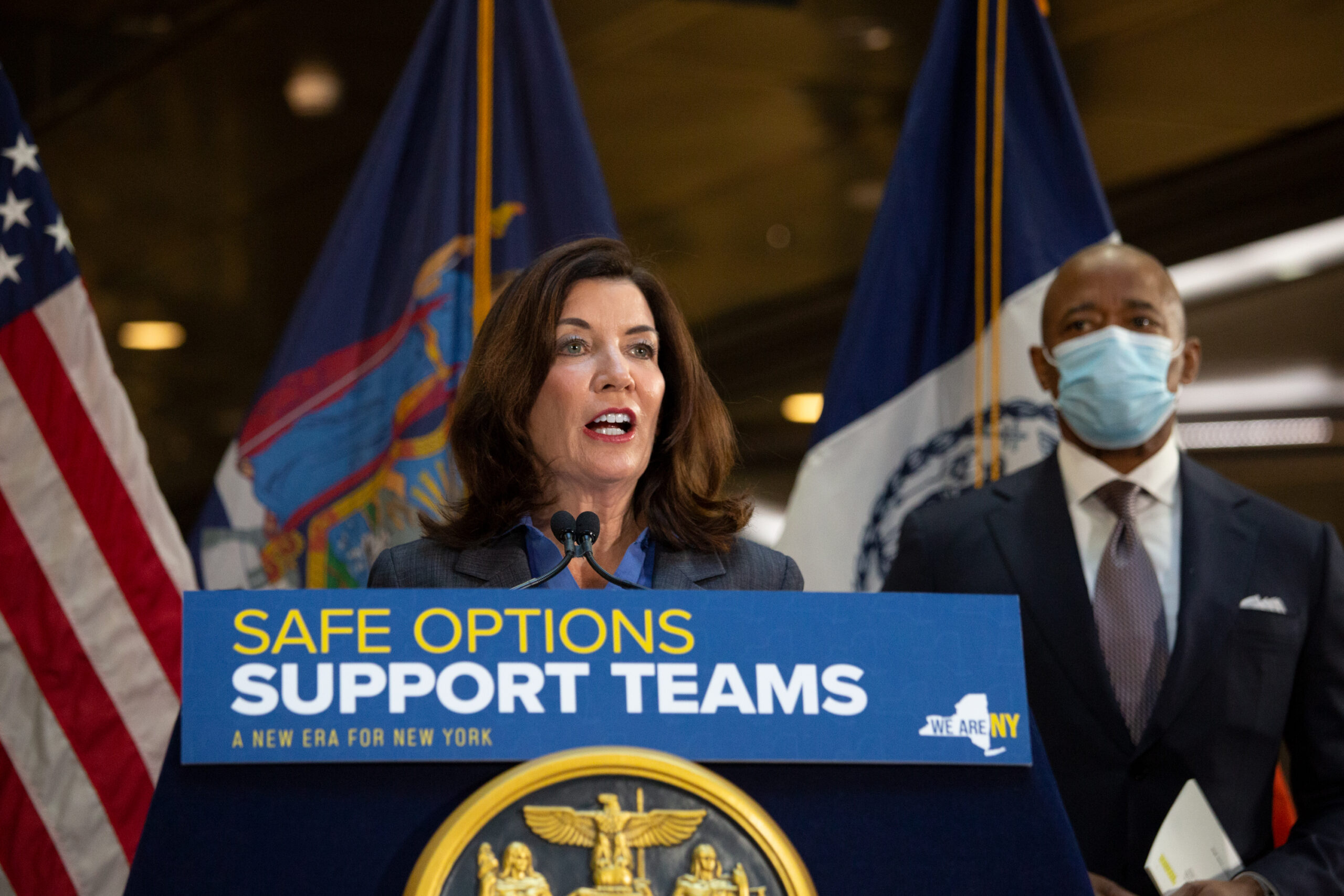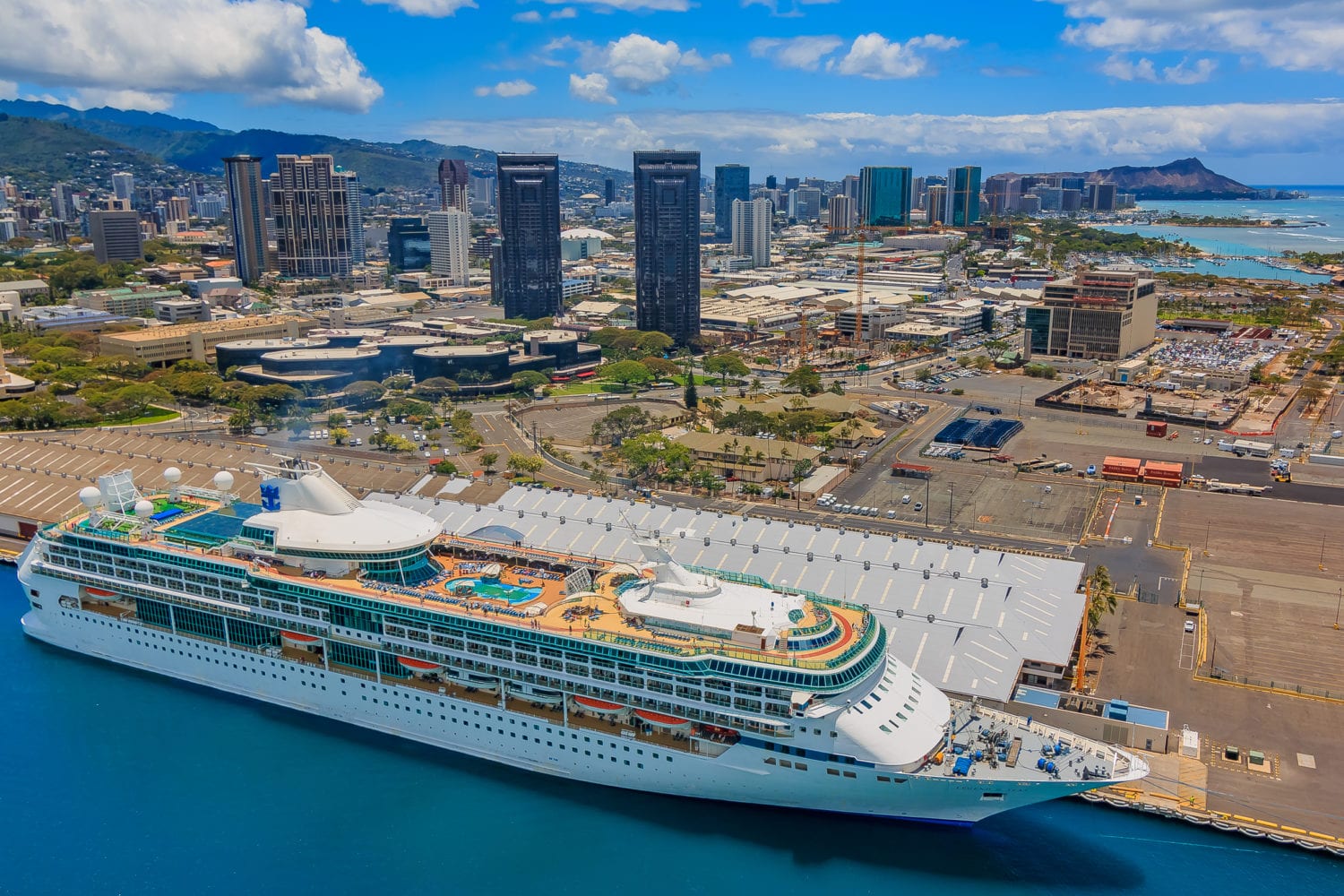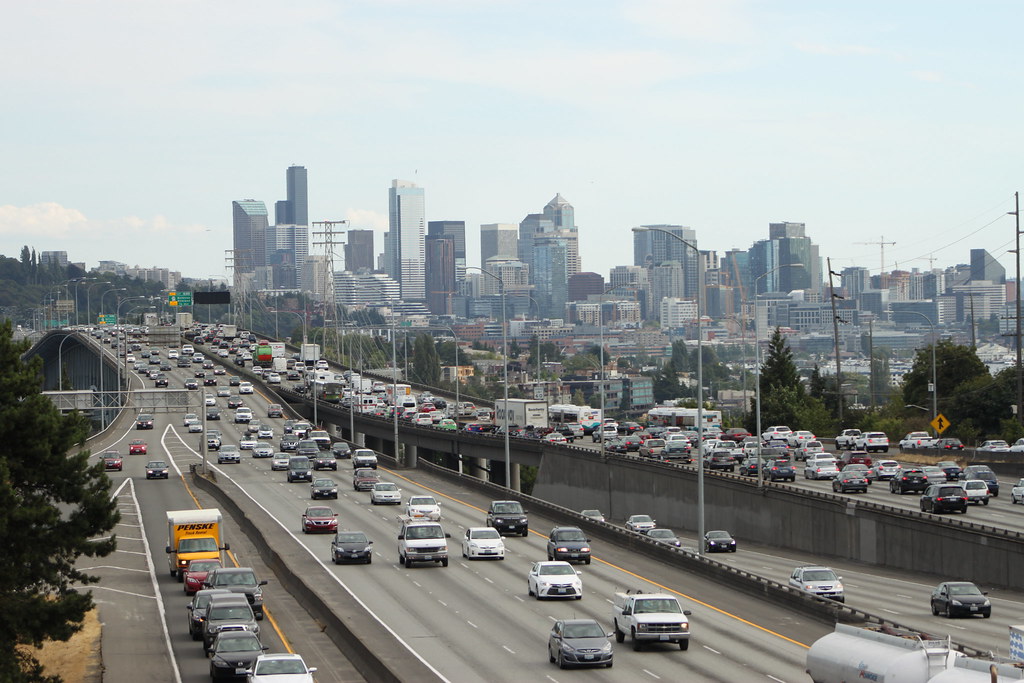Transit Experts Hail Era Where Gov and Mayor Aren’t Throwing Each Other Under Buses

The budding alliance between Gov. Kathy Hochul and Mayor Eric Adams on matters of mass transit marks a departure from the last eight years when Albany and City Hall were often headed in opposite directions when it came to the MTA.
While former Gov. Andrew Cuomo and ex-Mayor Bill de Blasio mostly used the transit system as another venue for their long-running feud — and rarely rode trains or buses — Hochul and Adams stood together Thursday inside the Fulton Center transit hub in Lower Manhattan to announce plans to reduce subway homelessness and crime.
“This is where you don’t need to be siloed or have turf battles, that’s how it works,” Hochul said. “That’s what’s been missing.”
Adams repeated one of his early slogans — “get stuff done” — to point to how the city and state plan to team up by putting additional police officers on trains and platforms and bringing more mental health workers into stations.
“We have had a city and state of, ‘This is mine and this is yours,’” he said, “Instead of saying, ‘How do we put all of our resources together to solve the problem?’”
‘They Sparred Everywhere’
The chummy relationship between Hochul and Adams stands in contrast to Cuomo and de Blasio repeatedly dueling over security in stations, on the level of state and city contributions to MTA capital improvement plans, even over the ownership of the subway system.
“They sparred everywhere, it wasn’t just the MTA,” said Andrew Albert, a longtime MTA board member. “That was just another place they sparred.”
But the arrival in City Hall this week of Adams, a onetime transit police officer, paired with Hochul replacing Cuomo last summer, has given transit advocates and MTA officials a glimmer of hope for cooperation between the state and city in ways rarely seen under their predecessors.
“Transit riders are probably going to be better off with a governor and a mayor who are aligned and get along with each other,” said Ben Fried of TransitCenter, an advocacy and research organization. “The next eight years are looking better than the last eight years.”
The changes come with the regional transit authority struggling to regain millions of riders who stopped relying on the system during the pandemic and as it faces multi-billion dollar budget deficits as soon as 2025, once emergency federal aid to cover lost fare revenue expires.
In recent months, subway ridership had climbed above 3 million on some days, MTA data shows, though the omicron variant wave has stalled that growth.
Robert Linn, who was named to the MTA board by de Blasio in 2019, told THE CITY that Hochul and Adams have been presented with a “unique opportunity for collaboration” to turn around a transit system whose workforce and finances have been battered by the pandemic.
“Both have the same interest in restoring the MTA and the city’s economy — that will require their joint effort and resources,” Linn said. “At last, the political interests align with those of mass transit.”
John Samuelsen, international president of the Transport Workers Union and an MTA board member, said the transit agency was “overwhelmed by politics” under Cuomo, adding that his feud with de Blasio didn’t help.
“It became like a whole ‘Game of Thrones,’” Samuelsen, a former Cuomo ally and frequent de Blasio critic, told THE CITY. “The runaround, the political football that the MTA turned into with de Blasio and Cuomo kicking things back and forth with no concern for the riders, those days are over.”
Samuelsen praised Cuomo for putting money into quick fixes for subway breakdowns during the so-called “Summer of Hell” in 2017, but said rider confidence was shaken by the persistent political bickering over how to fund the transit system.
“If [Hochul and Adams] had been in charge when the subway imploded almost five years ago, I think the implosion never would have occurred,” Samuelsen said.
This Could Be the Start of Something Big?
Beyond focusing on subway crime and homelessness, advocates said there are more ways the city and the MTA can collaborate, particularly by improving surface-level transit, where buses move slower than they did prior to de Blasio taking office in 2013.
“The most obvious area for that is the bus system,” said Fried, of TransitCenter. “It just helps a lot when the agencies can plan in tandem.”
That could come soon as the MTA begins to study the possibility of using an existing freight line for passenger service between Brooklyn and Queens. Hochul this week revived the idea of an “Interborough Express,” which could be a subway, light rail or bus rapid transit line.
Danny Pearlstein, of the advocacy group Riders Alliance, said riders had not been served at all by the prolonged political feud by the former governor and mayor.
“Treating the subway like a hot potato did riders an immense disservice — pretending it’s not yours when it is is total gamesmanship,” he told THE CITY.
He said the city needs “a mayor who is a rider-in-chief,” as well as one who can work more collaboratively with the governor.
“What we have,” he said, “could be the beginning of a beautiful friendship on transit between Governor Hochul and Mayor Adams.”
This article was originally posted on Transit Experts Hail Era Where Gov and Mayor Aren’t Throwing Each Other Under Buses



